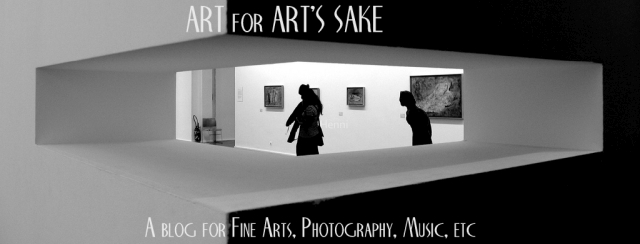Kazimir Severinovich Malevich (1879 - 1935) was a Russian avant-garde artist and art theorist, whose pioneering work and writing had a profound influence on the development of abstract art in the 20th century. Malevich is considered to be part of the Ukrainian avant-garde (together with Alexander Archipenko, Sonia Delaunay, Aleksandra Ekster, and David Burliuk) that was shaped by Ukrainian-born artists who worked first in Ukraine and later over a geographical span between Europe and America (from Wikipedia). The self-portrait above is from 1910.
Sisters (1910)
Before he found his own style, Malevich paintings were influenced first by impressionism as in this lovely park scenery with two well-dressed sisters.....
Gardener (1911)
.... and later fauvism as in the self portrait at th start of this post, and this depiction of a gardener.
Peasant Woman (1912)
Th change in style within a year is stunning. WikiArt labels this as "Cubo-Futurism", and this is one of the earliest examples.
The Knifegrinder (1912)
Another example of the same style. My personal favourite painting by this artist.
This is a perfect example of Russian Cubo-Futurism. Not quite cubism, it was a method of portraying objects via geometric shapes.
Head of a Peasant Girl (1913)
A cubist portrait that is almost abstract. An intriguing work..
Aviator (1914)
Another cubist work, but less abstract. This one foreshadows the collage style of later decades, as well as surrealism (the fish shape and the playing cards).
Englishman in Moscow (1914)
Another work in the same style. Intriguingly, once more with a fish.
Suprematism (1916)
One of many such works he created in this style. From WikiArt: Suprematism is an art movement, focused on basic geometric forms, such as circles, squares, lines, and rectangles, painted in a limited range of colors. It was founded by Kazimir Malevich in Russia, around 1913, and announced in Malevich's 1915 exhibition, The Last Futurist Exhibition of Paintings 0.10, in St. Petersburg, where he, alongside 13 other artists, exhibited 36 works in a similar style. The term suprematism refers to an abstract art based upon "the supremacy of pure artistic feeling" rather than on visual depiction of objects. It is not my favourite style by far, but I had to include one of these in my blog post.
Reaper (1929)
A decade later saw Malevich go back to more figurative paintings in style he used before. This is of course a typical expressionist style.
Portrait of Woman in Yellow Hat (1930)
Ending today's post with a stunning portrait - where neoclassicism meets Soviet realism.
Copyright statement: images all in public domain.


















































